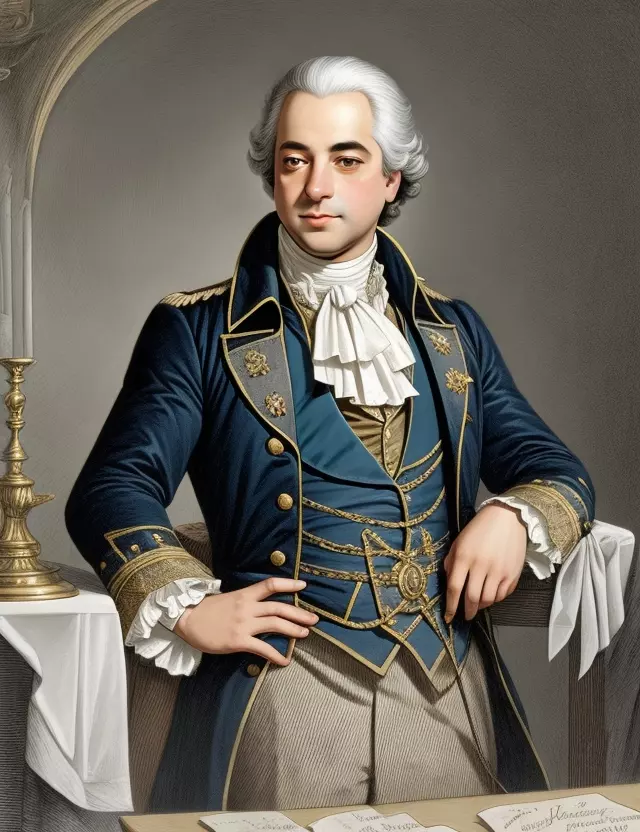The Execution of King Louis XVI: A Pivotal Moment in the French Revolution
Examining the Impact of Louis XVI's Demise on the Course of History

The Execution of King Louis XVI: A Pivotal Moment in the French Revolution
On January 21, 1793, the French Revolution reached a dramatic climax with the execution of King Louis XVI. The guillotine, a symbol of the revolution's relentless pursuit of justice, severed the ties of monarchy and marked a significant turning point in the era.
Before the Fall
Louis XVI's reign was fraught with challenges, including economic turmoil, social unrest, and political upheaval. His perceived indifference to the plight of the French people fueled discontent and ultimately led to his downfall.
The Trial and Judgment
Following his capture during the Revolution, Louis XVI faced trial for treason against the nation. Despite his defense, the revolutionary tribunal pronounced him guilty, signaling the end of an era and the dawn of a new chapter in French history.
The Guillotine's Blade Falls
As Louis XVI ascended the scaffold on that fateful day, the crowd watched in anticipation. The swift descent of the guillotine's blade silenced the monarch's voice forever, but its echoes reverberated throughout Europe, igniting further revolutionary fervor.
Legacy and Impact
The execution of King Louis XVI sent shockwaves across the continent, challenging the legitimacy of monarchy and inspiring revolutionary movements worldwide. Its repercussions would shape the course of European history for years to come, underscoring the power of the people to effect profound political change.



